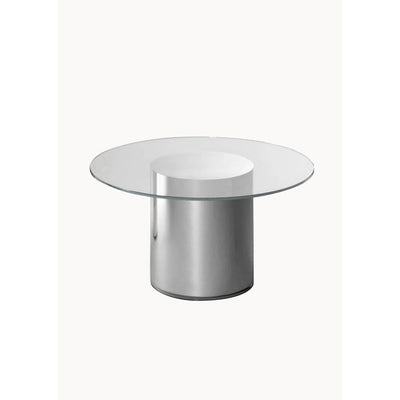Turbo Pendant by Gubi
Louis Weisdorf's Turbo Pendant was designed in 1965, but first put into production in 1967 and has achieved great success over the years. It illustrates design at its best: it is simple in form, yet complex in structure and combines a sense of airiness and strength in a beautiful sculptural whole. The inspiration for the lamp is the lightness of the Japanese rice paper transformed into a more durable and sturdy version. The outer curve of the lamp is made of twelve similar spiral lamellae, that form a flower-like globe that shields the light. The Turbo Pendant is a perfect example of Weisdorf's passion for multiple repeating elements that he used for most of his works.
A NOTE OF WARMTH WITH A TOUCH OF GLITZ
Louis Weisdorf's sculptural classic of the 1960s is launching in an Alabaster White finish, allowing the much-loved GUBI design to complement an even wider variety of interior palettes. The new off-white color introduces a note of warmth to the shade, with a glossy, high-shine finish injecting a touch of glitz.
First designed in 1965 but not produced until 1967, Weisdorf's pendant design remained hugely popular throughout the 1970s, its curving, sculptural structure adding visual appeal to every ceiling it adorned. Made from 12 spiraling layers, the flower-like orb of the shade was inspired by traditional Japanese rice paper lamps, giving the pendant an airy lightness. The Alabaster White edition has a glossy on the outer edge of the shade, with a matt finish on the inside, creating nuanced contrasts of light and texture.
ALABASTER WHITE, SEMI-MATT WHITE
Alongside the avocado, terracotta, and earth tones for which '70s interiors are renowned, off-whites, beiges and creams became hugely popular, especially in the later years of the decade, as a neutral counterbalance to stronger shades. At the same time, glossy, gleaming surfaces found their way into homes around the world, introducing a touch of deco-inflected futurism.
10114937
Gubi
Louis Weisdorf
Made in Denmark



























